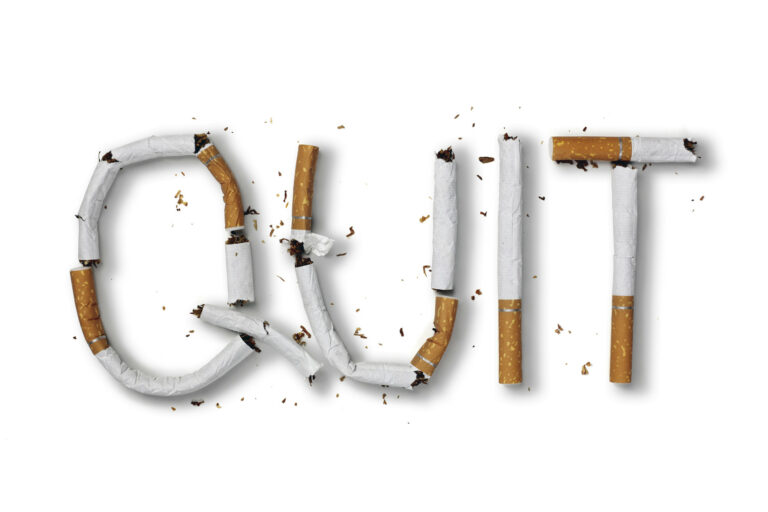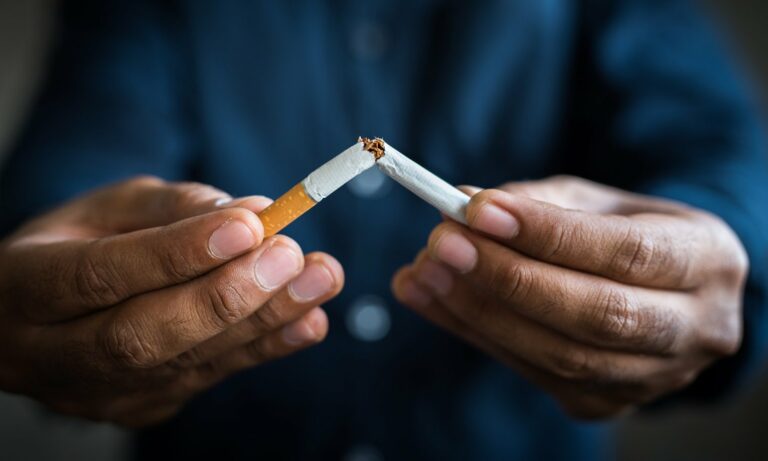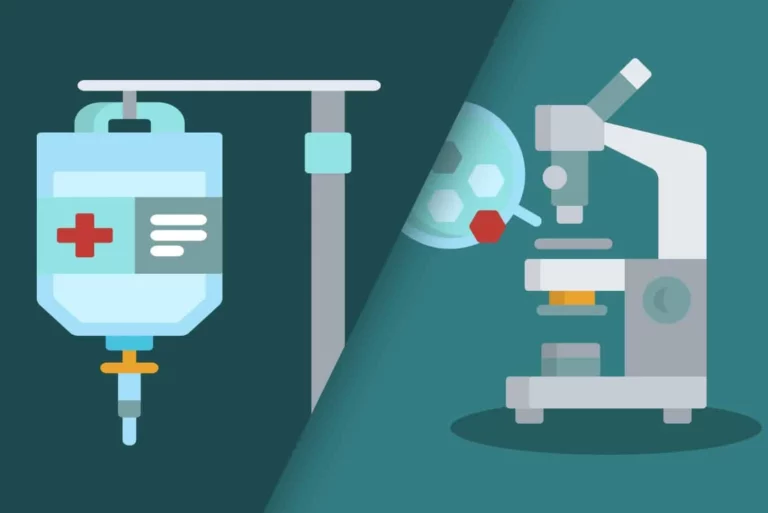Smokeless Tobacco: A healthier way to smoke?
Author: Rose Stella
Rose Stella
Category: Health
Tags: health, men's health, smoking, tobacco, smokeless
Smoking has been one of the leading causes of death in people regardless of gender and age. Some people find an alternative to help them lessen their smoking tendencies or to lessen it. One of these is smokeless tobacco. Smokeless tobacco has been around for hundreds of years. Some people perceived smokeless tobacco as an effective or healthier alternative to smoking. Is it really a healthier way to smoke? Does it lessen the health risk of smoking?
What is Smokeless tobacco?
Smokeless tobacco products are tobacco products consumed without smoking. The products are consumed in the means of chewing, sucking, or smelling rather than smoking. Oftentimes, the mouth tissues are the ones responsible for absorbing nicotine.
Many people all over the world are using the product. Chewing tobacco, snuff, snus, and dissolvable tobacco products are the most popular.
Different types of Smokeless Tobacco
Chewing Tobacco

One of the primary ways of consuming tobacco is by chewing it. Chewing tobacco is available in a variety of forms. These items come in the form of flavored loose leaves, plugs, or twists of dried tobacco. They are eaten or inserted between the cheek and the gums, or between the teeth. The oral tissues absorb the tobacco’s nicotine. The tobacco ‘juices’ subsequently spit out or swallowed by the user.
Snuff

Another type of smokeless tobacco is snuff. Also, it is either dry or moist. Snuff may come in different flavors. A pinch of snuff is inserted behind the lip or between the gum and the cheek, along the gumline. Dipping is another term for using snuff.
Snuff contains nicotine. The mouths tissue is the one responsible for absorbing the product. Small tea bag-like pouches of moist snuff are placed between the cheek and gum. Using snuff is a discreet way of using tobacco. This is because snuffs are both smoke-free and spit-free. Also, a dry snuff is available on the market. Sniffing and inhaling up the nose is the way to consume it.
Snus

Snus is a form of moist snuff that sounds like “snoose.” It was first introduced in Sweden and Norway, but it is now also available in the United States. It’s available in both loose and pouched form. Like snuff, the gums and the mouth tissues are also responsible for consuming the juices.
Pasteurization kills microorganisms that create cancer-causing compounds in snus. Some evidence suggests that snus users aren’t as at risk for oral cancer, heart disease, stroke, lung cancer, and other lung problems as cigarette smokers are.
Dissolvable Tobacco

Tobacco lozenges, spheres, pellets, thin strips (like melt-away breath strips), and toothpick-sized sticks are among the soluble forms of smokeless tobacco available. Some of them have added sweeteners or flavors and resemble candy. Tobacco and nicotine are present in all of them. Dissolvable tobacco
They are held in the mouth, chewed, or sucked until they disintegrate, depending on the type. The juices are sucked up and swallowed. These are not the same as nicotine lozenges, which are commonly used to assist patients to quit smoking.
Heated Tobacco

Heated tobacco products are commonly known as “heat-not-burn” goods. Integrated into the product is an electric heating element. This is the one responsible for heating the specifically designed tobacco sticks, plugs, or capsules. The heat transfers nicotine and other compounds into the lungs, but the tobacco does not become hot enough to burn. This product is not the same as E-cigarettes.
Health Risk of Smokeless Tobacco
Contrary to many people’s preconceived beliefs. Unfortunately, smokeless tobacco can cause health risks to its users. Extended use of these products could result in serious health consequences. In fact, studies show that the products provide three to four times the amount of nicotine found in cigarettes. Furthermore, some items contain ingredients that raise the risk of oral and oropharyngeal cancer.
It leads to addiction
Many people chose to use smokeless tobacco instead of regular cigarettes because of their preconceived idea that the product aids in stopping addiction. Contrary to these notions, smokeless tobacco contains Nicotine. Nicotine is the chemical that makes tobacco addictive. Research suggests that people who use it get as much or more nicotine into their bodies as people who smoke cigarettes. Just as with smoking, withdrawal from smokeless tobacco can cause intense cravings, irritability, and depressed mood.
Prolong use can cause Cancer
Smoking regardless of its medium can cause some damaging health results. The use of chewing tobacco and other smokeless tobacco products increases the risk of cancer of the mouth, throat, and pancreas. It also increases the risk of developing small white patches in your mouth called leukoplakia. These patches are precancerous. Leukoplakia might appear on the gums, tongue, or mouth lining. The majority of them are noncancerous, however, some show early cancer indications. Most of the time, the white patches are the most common indication of oral cancer.
Smokeless Tobacco leads to Dental disease
The sugar and irritants in smokeless tobacco products can cause cavities, abrasion of teeth, teeth staining, bad breath, gum disease, receding gums, bone loss around roots, and tooth loss.
Smokeless tobacco products cause gum disease and tooth decay. It contributes to gum disease and tooth decay. Furthermore, it often results in bad breath.
Makes pregnancy risky.
Using smokeless tobacco during pregnancy increases the risk of stillbirth, low birth weight, and heart rate variability in infants. It also has the same effect as smoking cigarettes. It is not suitable for pregnant women.
Poisoning risk.
The candy-like appearance and flavors of some smokeless tobacco products make them attractive to children. Eating these products can cause nicotine poisoning. Nicotine poisoning in children may cause nausea, vomiting, weakness, convulsions, unresponsiveness, trouble breathing, and even death.
Smokeless tobacco is not an alternative option to stop smoking. Contrary to many preconceived ideas, using smokeless tobacco does not minimize or aid to stop it. Furthermore, it is also not safe to use. Using it can cause a lot of health factors. It is preferable to stop using it. For healthier living, it is most ideal to stop smoking in any form and medium.












